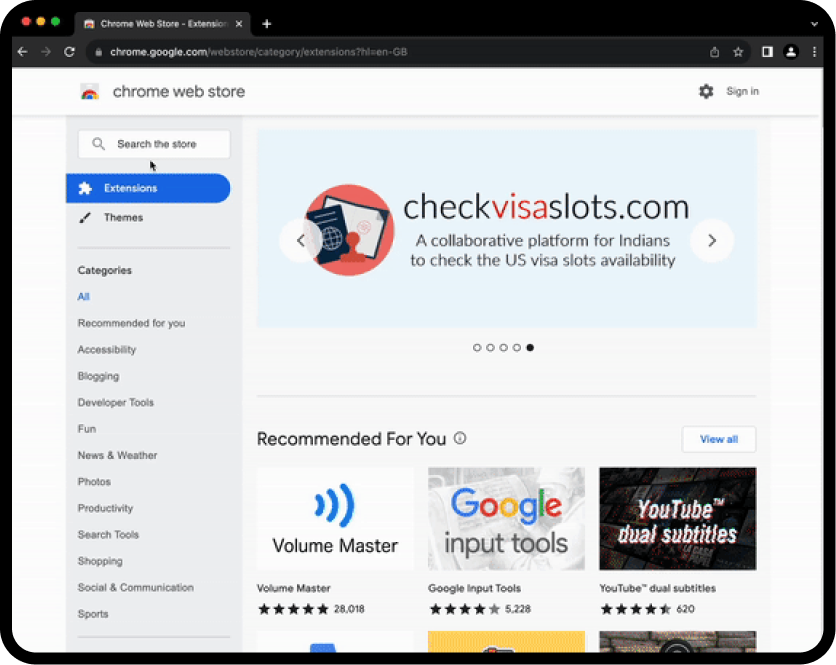Coordinate Converter
Converts geographic coordinates between common coordinate reference systems for GIS analysts, cartographers, and researchers needing quick, reliable spatial transformations.

Check It Yourself
About This Tool
The tool performs coordinate reference system transformations to convert points, lines, or small feature sets from a source CRS to a target CRS. It supports single-point and batch inputs, accepts decimal degrees and DMS formats, and outputs coordinates in the target system with proper units. Conceptually, it relies on established CRS definitions and forward projection mathematics to reproject coordinates for accurate analysis and visualization. Users include GIS analysts, planners, and researchers who need interoperable GIS data across platforms. The tool adds value by providing a fast, deterministic reprojection result, suitable for map production, data integration, and geospatial analysis pipelines. Core features include per-point validation, optional batch processing, and straightforward export options to common formats like CSV or GeoJSON. Use cases range from reprojecting survey data into a local zone for field operations to converting global data into a projected CRS for metric calculations. The value proposition lies in reducing manual reprojection steps, minimizing errors, and accelerating data workflows. Security and privacy are maintained by processing coordinates server-side without exposing sensitive project details. Core differentiators are strict CRS adherence, batch capability, and broad CRS coverage with clear unit handling for each output.
How to Use
1. Provide inputs: specify source CRS (e.g., EPSG:4326), target CRS (e.g., EPSG:32633), and coordinate(s) in the source CRS.\n2. Choose coordinate format: decimal degrees or DMS; you may supply a single point or a batch list.\n3. Run transformation: tool converts each point to the target CRS using standard geodetic formulas.\n4. Review outputs: resulting coordinates are in the target CRS with units aligned to that CRS.\n5. Export or integrate: copy results to GIS, import into a data pipeline, or save as CSV/GeoJSON.

FAQs/Additional Resources
Find Quick Answers
Which CRSs are supported?
Can I convert batches from a CSV?
What input formats are accepted?
User Reviews
See What Others Are Saying
Explore Related Tools
More Solutions for Your Needs
Rhino 8 to 7 Converter
Converts Rhino 8 3dm files to Rhino 7 format for cross-version collaboration.
Rhythm Converter
A concise tool for musicians and educators to convert tempo and note values into consistent timing across rhythms and meters.
Your Feedback Matters
Help Us to Improve

 Norwegian
Norwegian
 Danish
Danish
 German
German
 English
English
 Spanish
Spanish
 French
French
 Italian
Italian
 Dutch
Dutch
 Portuguese
Portuguese
 Swedish
Swedish
 Hebrew
Hebrew
 Arabic
Arabic









